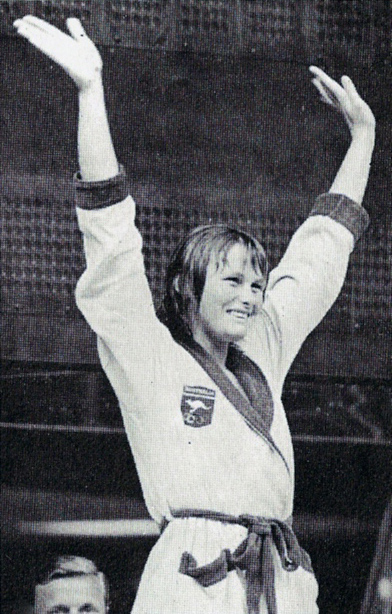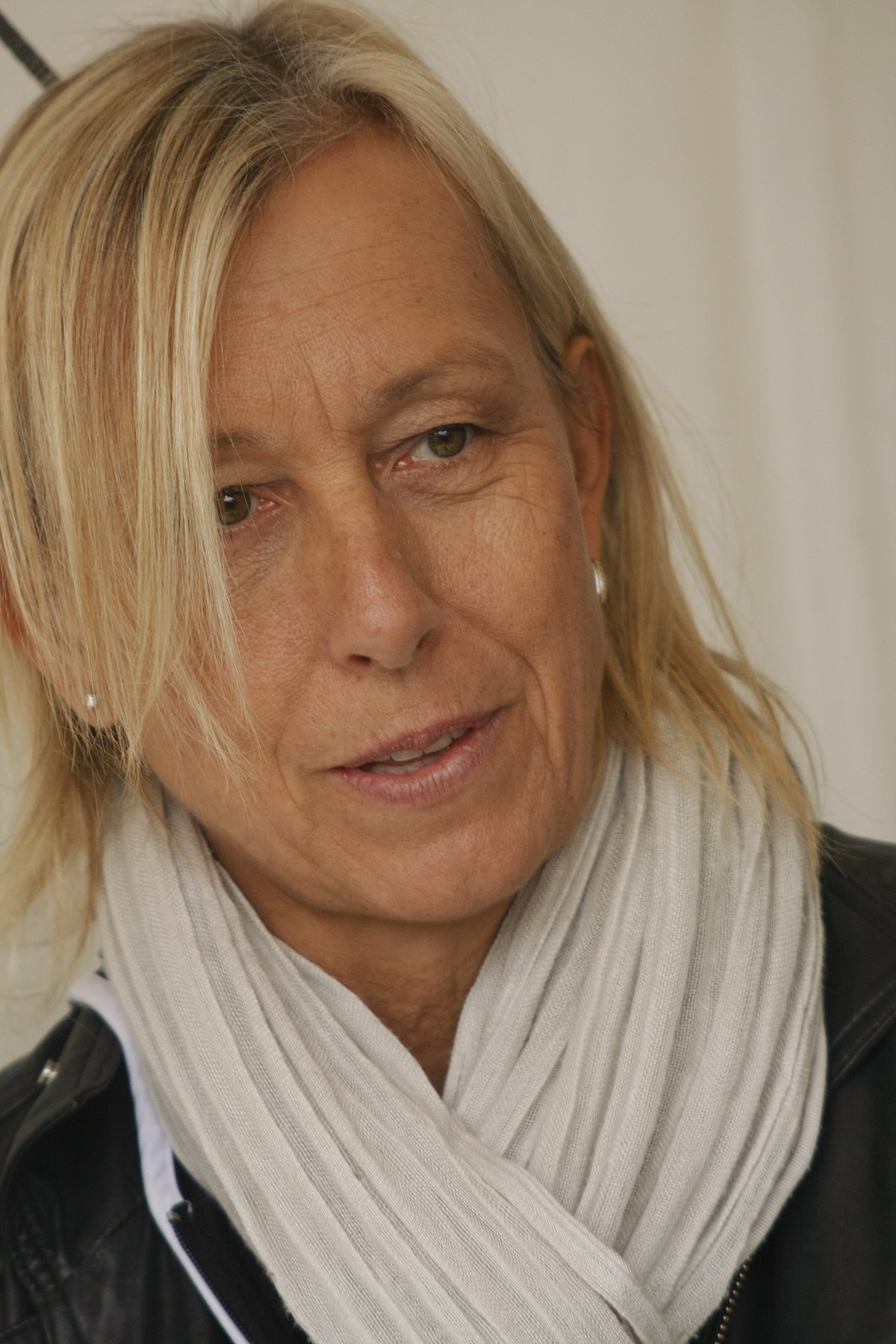My thoughts on Greatest of All Time or GOAT in a particular sport is sometimes that there can’t be one and sometimes that there can be one. Of course, there is no official title of GOAT or formal criteria for it. Statistics can confer some objectivity to it, but because sports evolve so much across different eras, a lot of subjectivity inherently enters into these debates. So there is no official GOAT. There is however often general consensus as to who is GOAT in a certain sport. That is arguably the case for all of these athletes:
Babe Ruth in baseball
Michael Jordan in basketball
Muhammad Ali in boxing
Tom Brady in American football
Pele in non-American football
Jack Nicklaus in golf
Wayne Gretzky in hockey
Michael Phelps in swimming
Usain Bolt in track
I mean sure, some of these are in dispute. Cases could be made for Willie Mays or Ty Cobb or Hank Aaron, Lebron James or Kareem Abdul Jabbar or Bill Russell, Messi or Ronaldo or Maradona, and many others. My personal opinion doesn’t align with the general consensus for all of the above, but despite some dispute, these consensus exists. With Serena Williams’ pending retirement, I’m seeing lots of claims being made for Serena as the GOAT in tennis, not even just on the female side, but the GOAT for both men and women or even the GOAT among all female athletes. I definitely do not think though that there is a consensus GOAT in even just women’s tennis. Serena, Graf, Navratilova, Evert, and Court’s achievements are all enormously high and those achievements are specific to the eras in which they played and qualifications are needed to clarify what their numbers mean.
Serena Williams:
She has the second most grand slam titles with 23, but the qualification is that virtually all her greatest rivals retired early, half-way through Serena’s career leaving her with a weak, inconsistent field in the second half of her career in terms of competition. Hingis mostly retired in 2003 (at age 22!), Capriati retired in 2004 (at age 28), Davenport basically played singles tennis part time after 2006 due to motherhood and retired in 2008, Henin retired in early 2008 (at age 26 while she was ranked #1), and Mauresmo retired in 2009. Clijsters retired in 2007 (at the age of 23!), a year in which she barely played. She came back in late 2009 and retired again in 2012 though she played a light schedule this entire period back. That a Clijsters who wasn't putting her full focus on tennis won 3 majors during that time speaks to how weak the women's field was after 2007. And add to that, Venus was revealed to have Sjögrens Syndrome in 2011 and didn't reach another major final until 2017. In my opinion, 2008-present is one of the weakest eras of women’s tennis that has introduced no new all-time great players (Sharapova is arguably the last ATG in women’s tennis and some probably wouldn’t even count her as an ATG; Osaka and Swiatek could still get there). This was an era when players like Dinara Safina, Caroline Wozniacki, Ana Ivanovic, Jelena Jankovic, and Karolina Pliskova reached #1. Serena dominated from 2008-2017, winning 15 slams in an extremely unusual era of women's tennis with virtually zero great players to counter her (an argument could be made that Azarenka was great for 2 years but that was it). Still, Serena did have very tough competition through 2007 and during that period, she was still able to win her first Serena slam and was able to hold all 4 grand slam titles simultaneously again in 2014-2015.
Steffi Graf:
She has the third most grand slam titles with 22, but the qualification is that her biggest rival, Monica Seles, got stabbed when Seles was age 19 at a point in which Seles had won 8 of the last 9 grand slam tournaments she played. Arguably, when Seles came back to the game 3 years later, having missed her peak years, she was never quite the same with her biggest strength, her mental game, diminished. For the 2½ years while Seles was out, Graf won 6 of the 9 slams she played. Who benefitted most between Graf getting her rivalry with Seles interrupted for 2½ years or Serena having her combined rivalries with Hingis, Henin, and Clijsters disappear half-way through her career? I think that is highly debatable. Graf, however, won the Grand Slam, actually a Golden Slam, and that’s got to be worth the equivalent of at least one slam to place her roughly even Serena. Not often noted is that Graf’s Grand Slam was actually part of a run winning 5 majors in a row, which Serena has never managed.
Margaret Court:
She has the record for most grand slam titles with 24, but the qualification is that her 11 Australian Open wins often had weak draws in which many of the world’s top players did not attend, every draw of which was smaller than 1000-level tournaments of today, and Court also often had byes and so would only need to play 4 or 5 matches to win these slams. Court even won the 1966 AO title match in a walkover. This analysis (
http://www.tennisabstract.com/blog/2021/02/07/serenas-23-vs-margarets-24/) handicaps Court’s slam wins to 20, not 24, based on estimated adjusted difficulty, albeit Serena’s 23 is downgraded to 22, also due to easier draws. All that said, Court did win the calendar-year Grand Slam, which was actually part of a run of 6 majors in a row, which no other player except Navratilova has achieved on the women’s side and Don Budge on the men’s.
Chris Evert: She won 18 grand slam titles, but the qualification is that she skipped the Australian for 2/3 of her career. She skipped it 7 times in her prime and would have been the favorite to win it at least 4 of those times. She skipped the AO 11 total times in her career. Of the 5 times she did play the Australian, she won it twice and reached the final the other 3. So Evert's major count of 18 is a major victim of the unpopular AO era. Evert was a monster on clay and she also missed 3 French Opens at her peak and would have been the favorite to win all 3 had she played. In other words, if slams mattered more in the 70s when the AO and FO had weak draws, Evert could very well have had 23 major wins.
Martina Navratilova: She won 18 grand slam titles, but the qualification, like Evert, is that she skipped the Australian Open 10 times and the French Open 10 times during her career, half of those times in years she either won other slams or at least reached slam finals. Like Evert, if slams mattered more in the 70s when the AO and FO had weak draws, Navratilova could very well have had 23 major wins.
The other thing about Evert and Navratilova is that, unlike these other GOAT-contenders, they had each other as their biggest rivals throughout the primes of their career. They played each other 80 times, 60 times were in finals, and 14 times in slam finals. Yes, their era did not have as much depth as later on, but they had to deal with waning but still strong Margaret Court, Billie Jean King, and Virginia Wade early on, a very competitive Evonne Goolagong, Tracy Austin, and Hana Mandlikova in the middle, and an ascendant Graf and Seles at the end.
It’s one thing to have to play another good player many times. It’s another to have to play another GOAT-contender 80 times in their prime. Any weaker competition in the early rounds for Evert and Navratilova were compensated for by far stronger competition in the later rounds. Between Evert (80 times), Graf (18 times), and Seles (17 times), Navratilova played them 115 times. Between Davenport (14), Hingis (13), Venus (30), Henin (14), Clijsters (9), and Sharapova (20), Serena played them 100 times, and prime Graf, Evert, and Seles are better than ALL of Serena’s strongest competition, some by a significant margin. Navratilova played a pre-stabbing Seles more times than Serena has played anyone other than Venus, Azarenka, and Sharapova.
The only area in which Serena surpasses Navratilova is with majors, but Navratilova played Evert in 14 major finals and Graf in 6. That’s 20 times against a fellow GOAT-contender. Evert played Navratilova 14 times, Graf once (in the year Graf won her Golden Slam), and Court once (in a year Court won 3 majors) in slam finals. Serena has never had to play another GOAT-contender at any stage of a slam, much less a final.
Here are some numbers:
Major wins:
Court 24
Williams 23
Graf 22
Evert 18
Navratilova 18
Major finals:
Evert 34
Williams 33
Navratilova 32
Graf 31
Court 29
Weeks at #1
Graf 377
Navratilova 332
Williams 319
Evert 260 (but this should be higher as official rankings only began when Evert was already the current #1)
Court – not applicable
Career winning percentage:
Court 91%
Evert 90%
Graf 89%
Navratilova 87%
Williams 85%
Year-end championships:
Navratilova 8
Graf 5
Williams 5
Evert 4
Court – not applicable
Premier titles won:
Navratilova 32
Graf 31
Evert 25
Williams 22
Court 3, but really not applicable
Titles won:
Court 192
Navratilova 167
Evert 157
Graf 107
Williams 73
Longest winning streaks:
Navratilova 74
Graf 66
Court 57
Evert 55
Williams 34
My conclusion: There is no GOAT in women's tennis, not because there aren't supremelyI great players, but because their achievements are too close to differentiate one as clearly superior.


